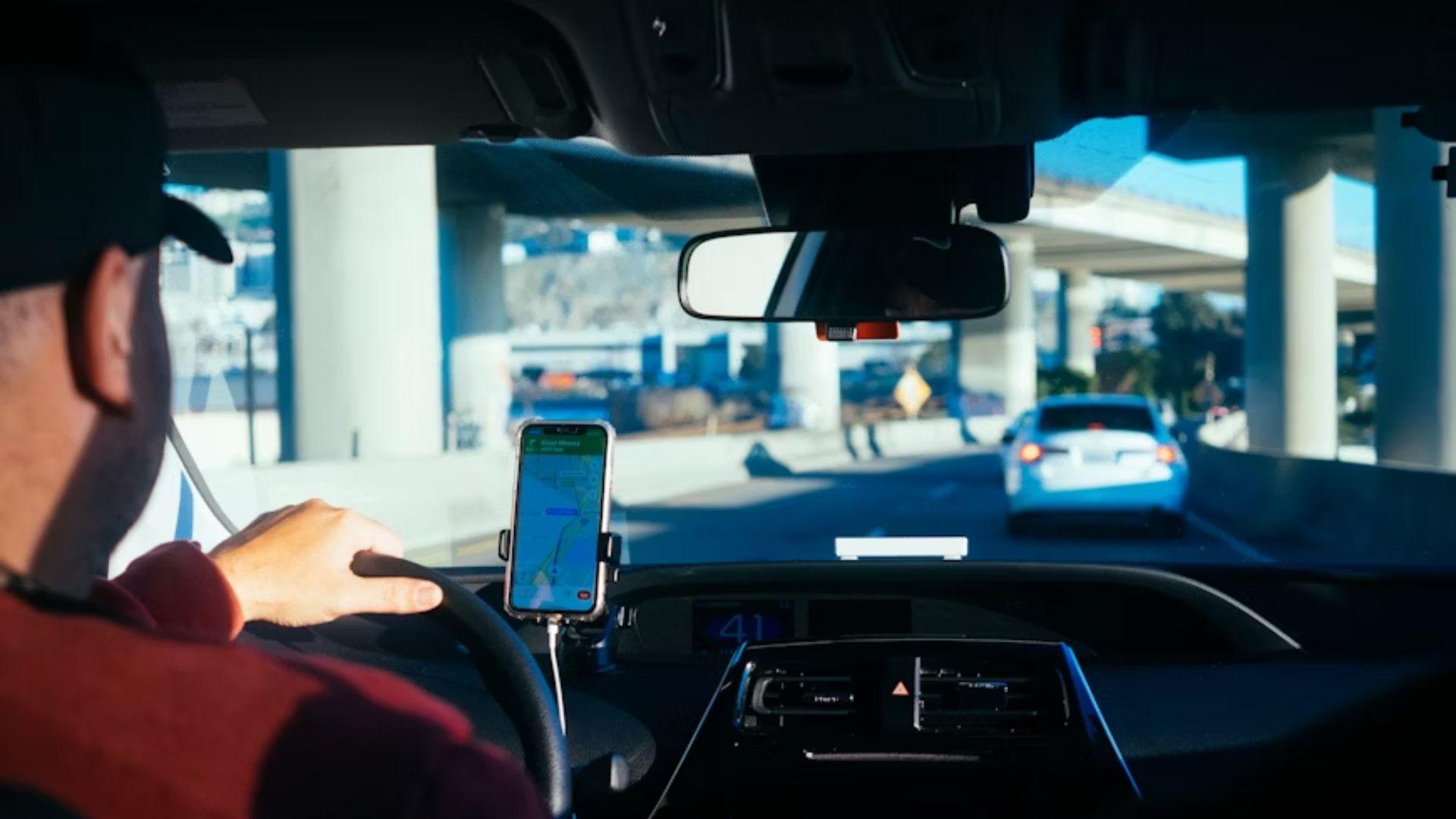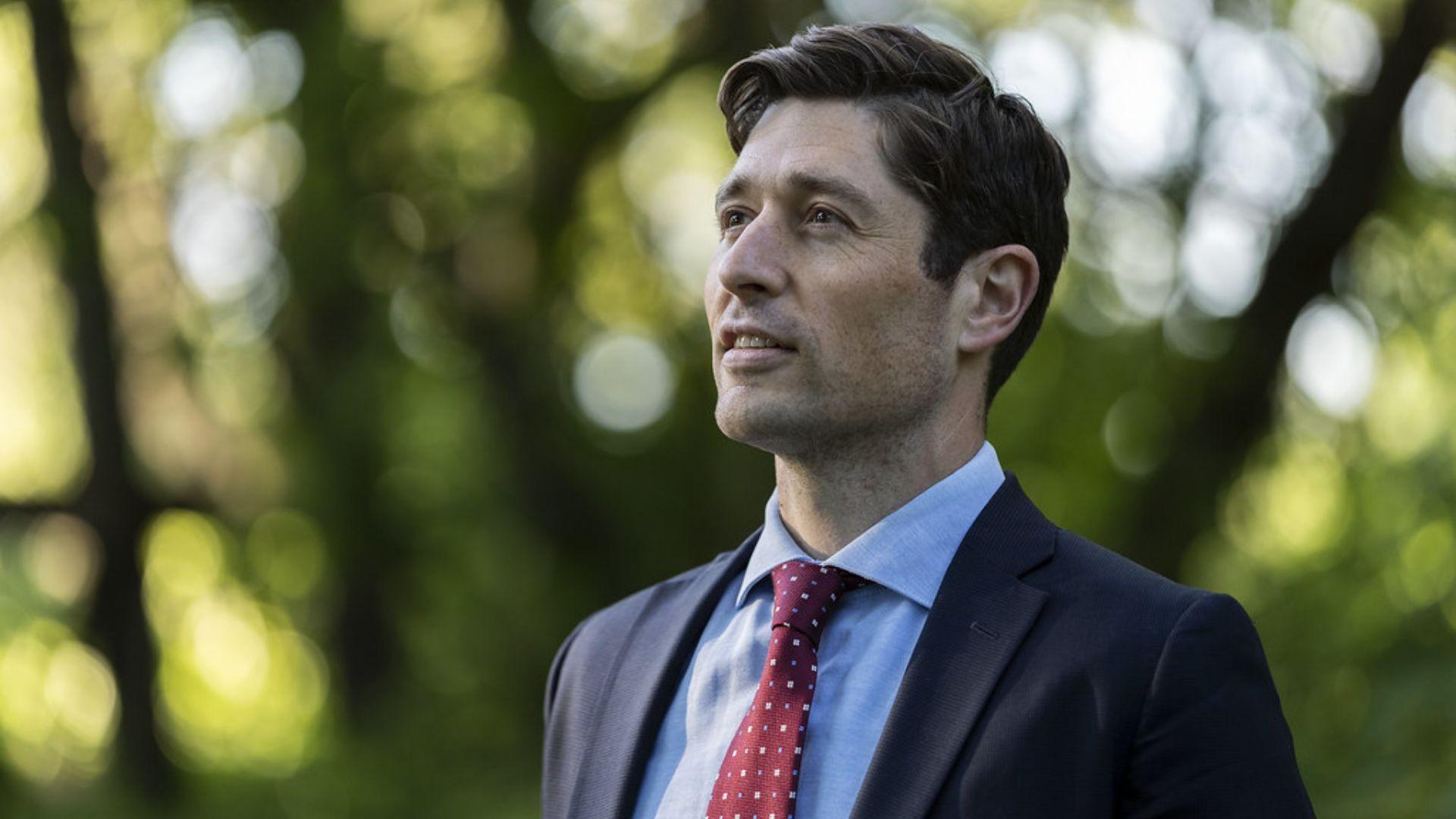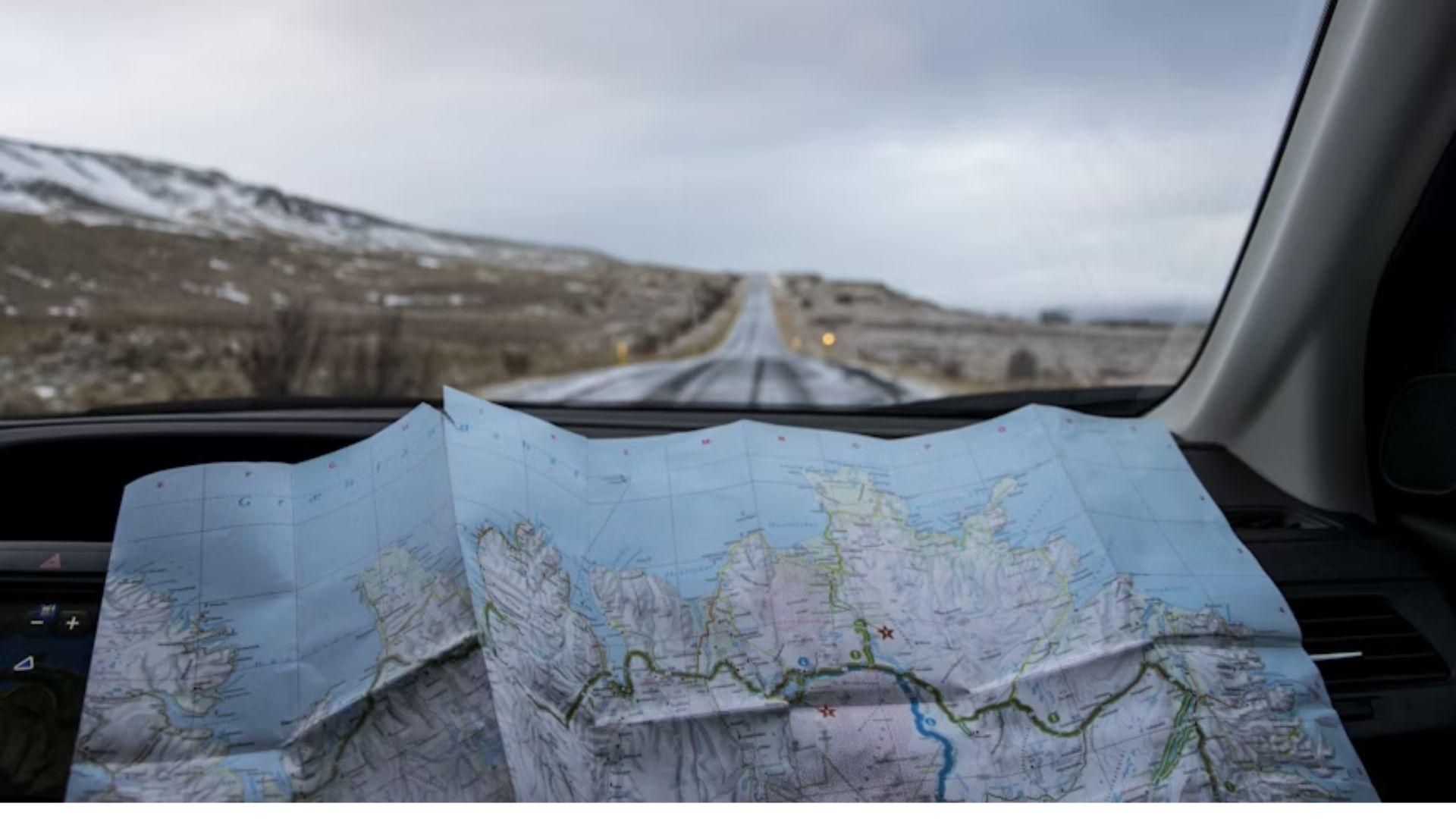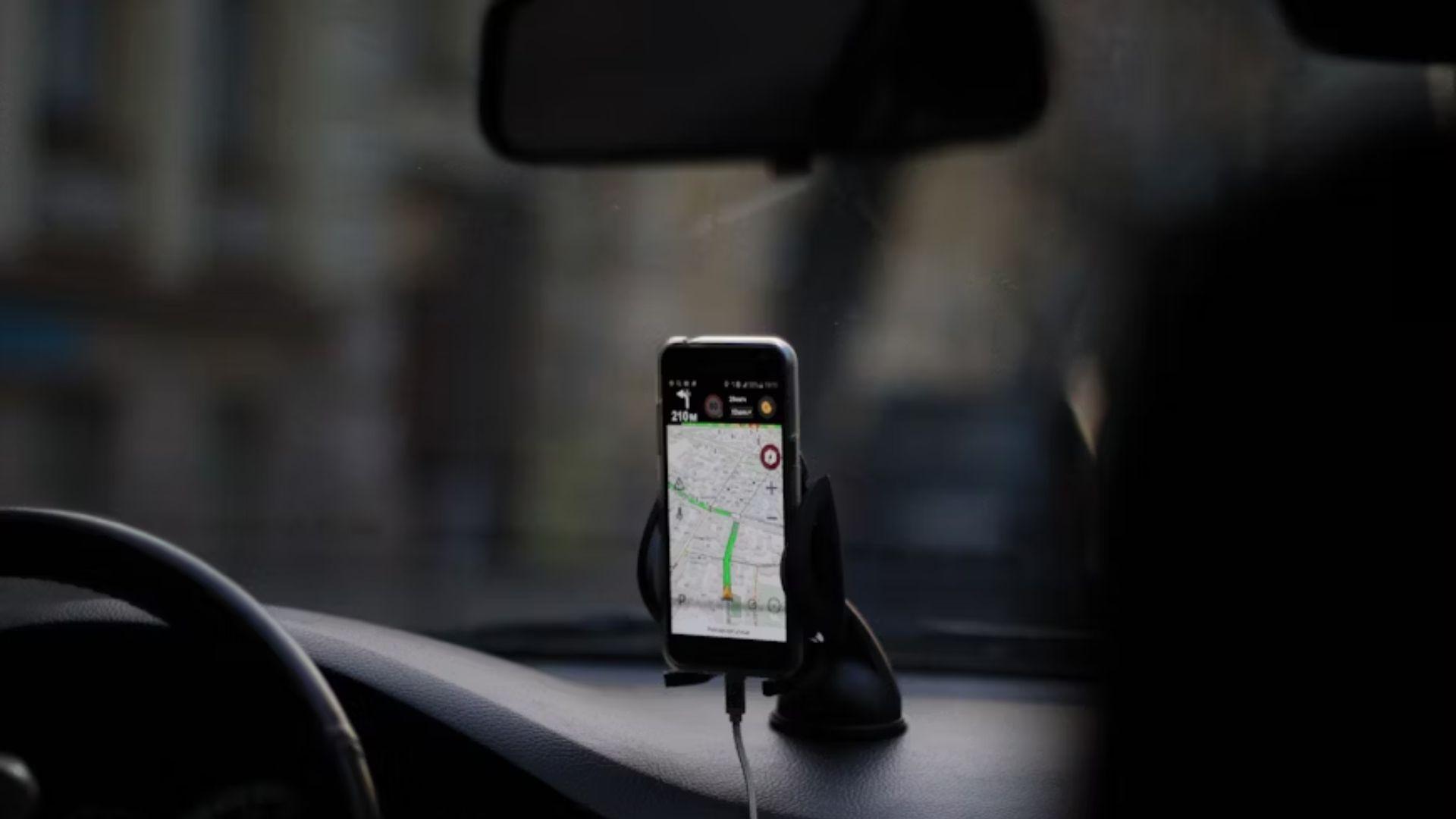Efforts by campaigners to ensure that drivers for Lyft and Uber get paid minimum wage has historically been beset by obstacles – as company leaders and politicians unite in opposition to proposals that would effectively give the drivers a pay rise.
However, after years of setbacks in the state of Minnesota, drivers have finally secured a victory after local politicians and business leaders agreed to support new legislation.
Why Don’t All Drivers Earn Minimum Wage?

Drivers for Uber and Lyft are classified as independent contractors rather than employees. Because of this, they don’t enjoy protections like sick days and workers’ compensation and have to pay their own expenses – such as fuel for their cars.
The responsibility of drivers to cover their own expenses, as well as a change in the earnings formula, means drivers’ take home pay can amount to less than minimum wage.
An Intense Lobbying Campaign

In states where drivers have been campaigning for more secure pay, Uber and Lyft have lobbied legislators not to such support legislation. In Seattle, Washington, the companies secured concessions in legislation that ensured drivers would continue to be classified as independent contractors, rather than employees.
For a while, lobbying efforts proved similarly successful in Minnesota. After the company warned that legislation to better support drivers passed by the city council could increase ride prices, vetoes were issued by Governor Tim Walz and Mayor Jacob Frey.
State Leaders Side With Company Executives

In May 2023, Minnesota Governor Tim Walz issued his first ever veto after the state passed a minimum wage bill for drivers.
In March, Minneapolis Mayor Jacob Frey vetoed a city ordinance for a minimum wage for drivers. However, the council over-rode the veto in March, prompting Uber and Lyft to threaten to leave the major Midwestern city.
Threat of Leaving Major City

The city ordinance that caused Lyft and Uber to threaten leaving Minneapolis would have seen drivers paid a minimum of $1.40 per mile and $0.51 per minute. This would’ve ensured they met the state’s $15.57 minimum wage after expenses.
Uber said the legislation would leave Minnesota as one of the most expensive areas for riders in all of the U.S. In April 2024, the Minneapolis city council voted to delay the implementation of the legislation until July 1st.
A New Deal

With residents and politicians alike concerned by the ride-share companies’ threat of leaving, a compromise solution was suggested. This would’ve seen Minneapolis riders paid $1.27 per mile and 49¢ per minute.
Although Uber still opposed this legislation, the state passed a new bill on May 19th that gave drivers a minimum rate of $1.28 per mile and 31¢ per minute.
Compromise Bill Overcomes Final Hurdles

Though the compromise bill is less generous for drivers than that originally voted for, it is still widely seen as win for the Minnesota Uber/Lyft Drivers Association (MULDA). “It was Uber and Lyft versus MULDA and MULDA won,” said state senator Omar Fateh.
Unlike on the previous occasion, Governor Walz signed into law the new wage legislation, while wearing a MULDA T-shirt. Uber and Lyft say they have accepted the new legislation and will not leave the state.
Is This Really A Win For Drivers?

While most drivers see the new legislation as a win, not all agree. Edward Ongweso Jr, a Guardian columnist, dismissed the legislation as “another victory for big tech” and bemoaned that “the deal’s pay rates are lower than almost every proposal made over the past two years”.
However, most who campaigned for legislation to increase driver pay are in a celebratory mood. Especially, because the new bill doesn’t mandate that drivers remain independent contractors – a carve-out company executive sought but didn’t get.
Who are Uber and Lyft?

Uber and Lyft are both popular ridesharing companies that allow riders to transport passengers from their own cars. Both companies have faced heavy international criticism for how they pay riders.
Uber is the larger of the two companies, being the largest ridesharing company in the world. The company is estimated to be responsible for 28 million trips every day.
What Impact Could This Have on Other States?

Minnesota is not the first state to pass legislation to improve the pay of ride-share drivers – with New York and Seattle having passed laws to give a minimum wage to drivers. However, such legislation in those two states has included%20and%20Minneapolis%20(%2415.57).) provisions supported by Uber and Lyft.
When Governor Walz signed the new legislation into law, he celebrated, “No one else has been able to do this in the country.” However, there’s no doubt that riders across the country will be looking to Minnesota as a road map to follow.

